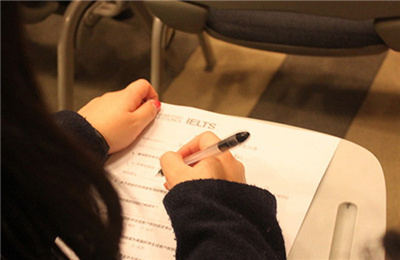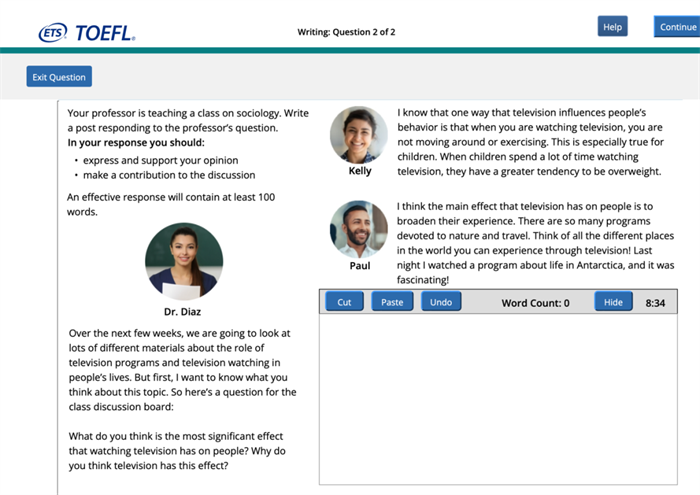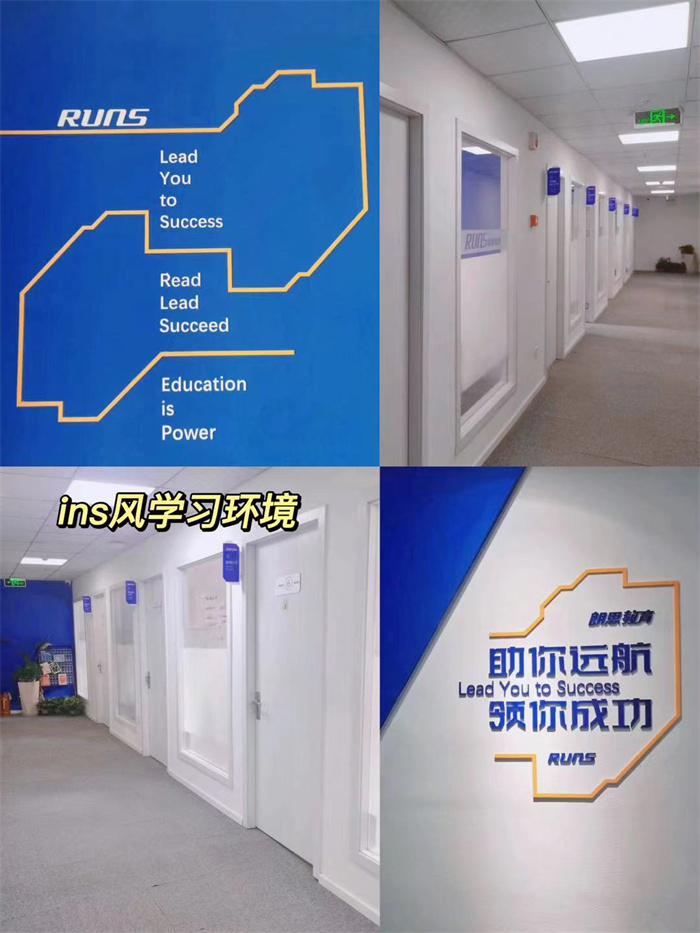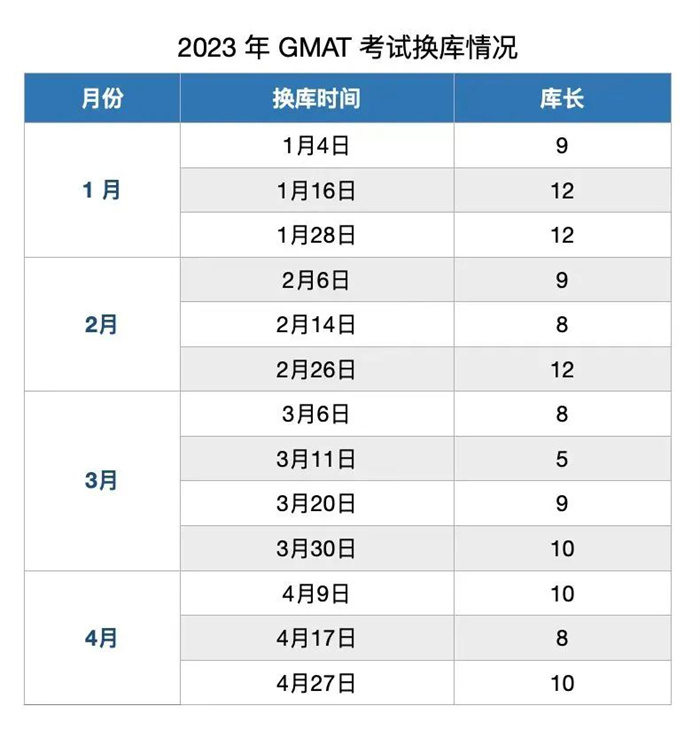怎么丰富托福口语 Task 1?
时间:2021-11-11 520 16人参与

Tara老师
毕业于毕业于四川外国语大学,进修于美国威廉玛丽学院,拥有7年雅思口语/听力,托福口语科目教学经验,7年出国语言课程培训经验;雅思总分8分;剑桥大学英语教师资格证(CELTA)及TKT;英语专业八级;BEC商务英语高级学员出分率99.7%,学生好评分4.96分(满分5分)
对于中国大陆很多考生来说,托福口语是非常难过的一关,尤其是托福口语观点题(task 1)里的“use specific details and examples to explain your answer”部分,很多考生不知道如何去展开给出细节和例子,也不知道考试要求中所谓的“细节”和“例题”究竟是什么,只觉得无从下手,非常令人头秃。今天我们就来跟大家分享一下,如何利用托福口语task 2的对话材料来熟悉和练习“添加细节和例子”。
![src=]()
用托福口语task2的对话资料练习的原因如下:
一、官方资料。利用出题者的材料解答出题者准备的题目,对于一次考试来说一定是最好的。虽然两者题型不同,但这两个内容本质上并没有太大的差别,只是考察角度不同:一个需要你自己提出观点,另一个需要你总结他人的观点。 task 2的对话材料结构就是“观点+2个理由”,与task1的答案结构相同。
二、
二、这两个问题都有时间限制。Task 1是需要在有限的时间内回答问题,而 task 2的材料也是,需靠考生高效的进行展开和解释。
假如去引用仿TED talk的例子,也许会对你生活中的口语表达能力有所帮助,但是在托福口语观点题里面却很难运用,因为考试时这道题的作答时间只有45秒。但是task2对话的长度平均在1分钟左右,短时间要讲两个理由再加上说明,无论是内容还是表达展开都很高效。
在 Task 2对话中常见的展开方式:
1、个人示例
这样展开的方式大家应该很熟悉。
例如,可以为个人示例,例如:
理由:Well, students often need to borrow the bikes for longer periods of time, sometimes a whole day.
展开:like, to do stuff off-campus, for instance, my friends and I on the weekends, sometimes we like to ride bikes to the state park outside of town and do some hiking there. And it basically takes a whole day. It's nighttime by the time when we get back.
或者是其他人(朋友/同学/亲戚…),例如:
理由:Thing is: depending on someone else makes me nervous.
展开:My roommate had to do a project like this and the other girl didn't show up to meetings, didn't do any research. My roommate had to do everything herself. It hurt her grade. I don't want the same thing to happen to me.
从个人的角度来看,当然有利有弊。优点是不用完全真实,所以准备好一定的思路和内容,临时用这种形式展示出来还是很方便的。坏的地方在于,如果说的是以前发生的事,需要考虑过去式,一旦把握不好,很可能会出现语法错误影响分数。
那么还有什么办法可以避免的呢?
当然,如果你感觉到自己的口语语法还不太熟悉,说话时总是顾不上时态,在给出个人实例时,可用“假设”的观点来描述。
比如说这个展开式,我们可以改为:
If I have to do a project like this and the group members don’t show up to meetings, don’t do any research, I probably will have to do everything myself. It’ll hurt my grade. I don't want this kind of stuff to happen.
这种方式有给到某些细节,能够传达原例义意义,也避免了类似动词过去或第三人称单数等易语法点。如果有足够的备考时间,还是建议大家多练习提高口语语法的准确度。
2、列举展开
列举在task2中出现频率是最高的,就是将某事物细化。
理由:Because it's not gonna solve the problem.
展开:Students are busy at night, I mean, we have jobs, families, clubs, social events. Most of us already have something to do every single night of the week. It’s just hard to fit anything into my schedule during the week.
“busy”一词在这里出现,可能是因为工作,或者是因为家人,或者是由于活动等,很忙不能空出时间。如此既具体又使人联想到。
3、对比解释
对比解释在展开时也很常见,对于 task 1来说这个方法挺合适的,实际上就是描述一方优势再描述另一方劣势,例如:
理由:It’s really good for students in that program.
展开:My cousin was in the program a few years ago, and she said that it's very different to cook for a lot of people in that kind of atmosphere than to cook for classmates. In class you can take your time, but, cooking for more people, there's more pressure, you're in a rush, people are waiting and it might be easy to make a mistake with all that stress.
以上这类 compare的表达结构比较好把握,一方优点+转折词+另一方缺点。
4、具体数字
这种方法很少单独使用,通常与其它展开方式组合使用。常常是在谈论时间、金钱、空间、大小、数量等的时候,使自己描述的内容更加具体。
例如:
理由:The problem isn't the size of the hall. It’s that they allow students to invite too many people to come and watch. All they need to do is reduce the number of guests each graduating student gets to invite.
展开:Right now each graduating student can invite up to ten people. That’s too many. At most schools, students only get to invite like four or five people. If we just said, “OK, you can only invite six people.” That’ll still be more than most other schools and the ceremony could stay the way it is.
假如在谈话中女生只提到“每个人能邀请的人比别的学校允许的多”,倾听的人就没有概念,“多”是多少?但以具体数字来说明就很清楚了。
无论是上述的哪种展开方式,都是可以马上用起来让自己的内容更加具体的方式。具体化内容不只是题目的要求,更是一种语言能力的表达。平常练习的时候,除了刷题之外更要进行总结,这样备考和提升能力会更有效。
用托福口语task2的对话资料练习的原因如下:
一、官方资料。利用出题者的材料解答出题者准备的题目,对于一次考试来说一定是最好的。虽然两者题型不同,但这两个内容本质上并没有太大的差别,只是考察角度不同:一个需要你自己提出观点,另一个需要你总结他人的观点。 task 2的对话材料结构就是“观点+2个理由”,与task1的答案结构相同。
二、
二、这两个问题都有时间限制。Task 1是需要在有限的时间内回答问题,而 task 2的材料也是,需靠考生高效的进行展开和解释。
假如去引用仿TED talk的例子,也许会对你生活中的口语表达能力有所帮助,但是在托福口语观点题里面却很难运用,因为考试时这道题的作答时间只有45秒。但是task2对话的长度平均在1分钟左右,短时间要讲两个理由再加上说明,无论是内容还是表达展开都很高效。
在 Task 2对话中常见的展开方式:
1、个人示例
这样展开的方式大家应该很熟悉。
例如,可以为个人示例,例如:
理由:Well, students often need to borrow the bikes for longer periods of time, sometimes a whole day.
展开:like, to do stuff off-campus, for instance, my friends and I on the weekends, sometimes we like to ride bikes to the state park outside of town and do some hiking there. And it basically takes a whole day. It's nighttime by the time when we get back.
或者是其他人(朋友/同学/亲戚…),例如:
理由:Thing is: depending on someone else makes me nervous.
展开:My roommate had to do a project like this and the other girl didn't show up to meetings, didn't do any research. My roommate had to do everything herself. It hurt her grade. I don't want the same thing to happen to me.
从个人的角度来看,当然有利有弊。优点是不用完全真实,所以准备好一定的思路和内容,临时用这种形式展示出来还是很方便的。坏的地方在于,如果说的是以前发生的事,需要考虑过去式,一旦把握不好,很可能会出现语法错误影响分数。
那么还有什么办法可以避免的呢?
当然,如果你感觉到自己的口语语法还不太熟悉,说话时总是顾不上时态,在给出个人实例时,可用“假设”的观点来描述。
比如说这个展开式,我们可以改为:
If I have to do a project like this and the group members don’t show up to meetings, don’t do any research, I probably will have to do everything myself. It’ll hurt my grade. I don't want this kind of stuff to happen.
这种方式有给到某些细节,能够传达原例义意义,也避免了类似动词过去或第三人称单数等易语法点。如果有足够的备考时间,还是建议大家多练习提高口语语法的准确度。
2、列举展开
列举在task2中出现频率是最高的,就是将某事物细化。
理由:Because it's not gonna solve the problem.
展开:Students are busy at night, I mean, we have jobs, families, clubs, social events. Most of us already have something to do every single night of the week. It’s just hard to fit anything into my schedule during the week.
“busy”一词在这里出现,可能是因为工作,或者是因为家人,或者是由于活动等,很忙不能空出时间。如此既具体又使人联想到。
3、对比解释
对比解释在展开时也很常见,对于 task 1来说这个方法挺合适的,实际上就是描述一方优势再描述另一方劣势,例如:
理由:It’s really good for students in that program.
展开:My cousin was in the program a few years ago, and she said that it's very different to cook for a lot of people in that kind of atmosphere than to cook for classmates. In class you can take your time, but, cooking for more people, there's more pressure, you're in a rush, people are waiting and it might be easy to make a mistake with all that stress.
以上这类 compare的表达结构比较好把握,一方优点+转折词+另一方缺点。
4、具体数字
这种方法很少单独使用,通常与其它展开方式组合使用。常常是在谈论时间、金钱、空间、大小、数量等的时候,使自己描述的内容更加具体。
例如:
理由:The problem isn't the size of the hall. It’s that they allow students to invite too many people to come and watch. All they need to do is reduce the number of guests each graduating student gets to invite.
展开:Right now each graduating student can invite up to ten people. That’s too many. At most schools, students only get to invite like four or five people. If we just said, “OK, you can only invite six people.” That’ll still be more than most other schools and the ceremony could stay the way it is.
假如在谈话中女生只提到“每个人能邀请的人比别的学校允许的多”,倾听的人就没有概念,“多”是多少?但以具体数字来说明就很清楚了。
无论是上述的哪种展开方式,都是可以马上用起来让自己的内容更加具体的方式。具体化内容不只是题目的要求,更是一种语言能力的表达。平常练习的时候,除了刷题之外更要进行总结,这样备考和提升能力会更有效。
精选课程
热门推荐
- 1雅思口语话题——Describe a person who contributes to the society
 521人参与
7433121
521人参与
7433121
- 22021年全年托福高频写作题目汇总
 619人参与
337789
619人参与
337789
- 3如何进行有效的英文写作训练?
 152人参与
219792
152人参与
219792
- 4因疫情无法参加GMAT考试的考生,可免费退考或转考
 179人参与
2595104
179人参与
2595104
- 5去日本留学的条件:如何申请日本大学?
 821人参与
310751
821人参与
310751
阅读推荐
-
2022年3月、4月雅思考试取消通知(最新3月10日更新结果)
雅思2022-03-11

-
雅思考场红黑榜一览!
杭州雅思2023-04-25

-
托福写作改革:新题型和独立写作有什么不同?
托福2023-04-26

-
2023年4月26日最新托福考情来了!
杭州托福2023-04-27

-
IB数学AA和AI该如何选择才能拿7分?
英语学习2023-04-26

-
杭州GRE培训机构哪个好?
GRE2023-04-28

-
GMAT考试4月27日换库!机经解析+换库预测+考试安全期更新!
GMAT2023-04-27

-
杭州开设了AP课程的国际学校有哪些?
国际高中2022-03-03

-
普通高中在读转学A-Level课程,需要怎么做
出国留学2023-04-07

-
2023年AMC10如何备考?杭州有AMC10数学竞赛辅导机构吗?
其它原创2023-04-25









